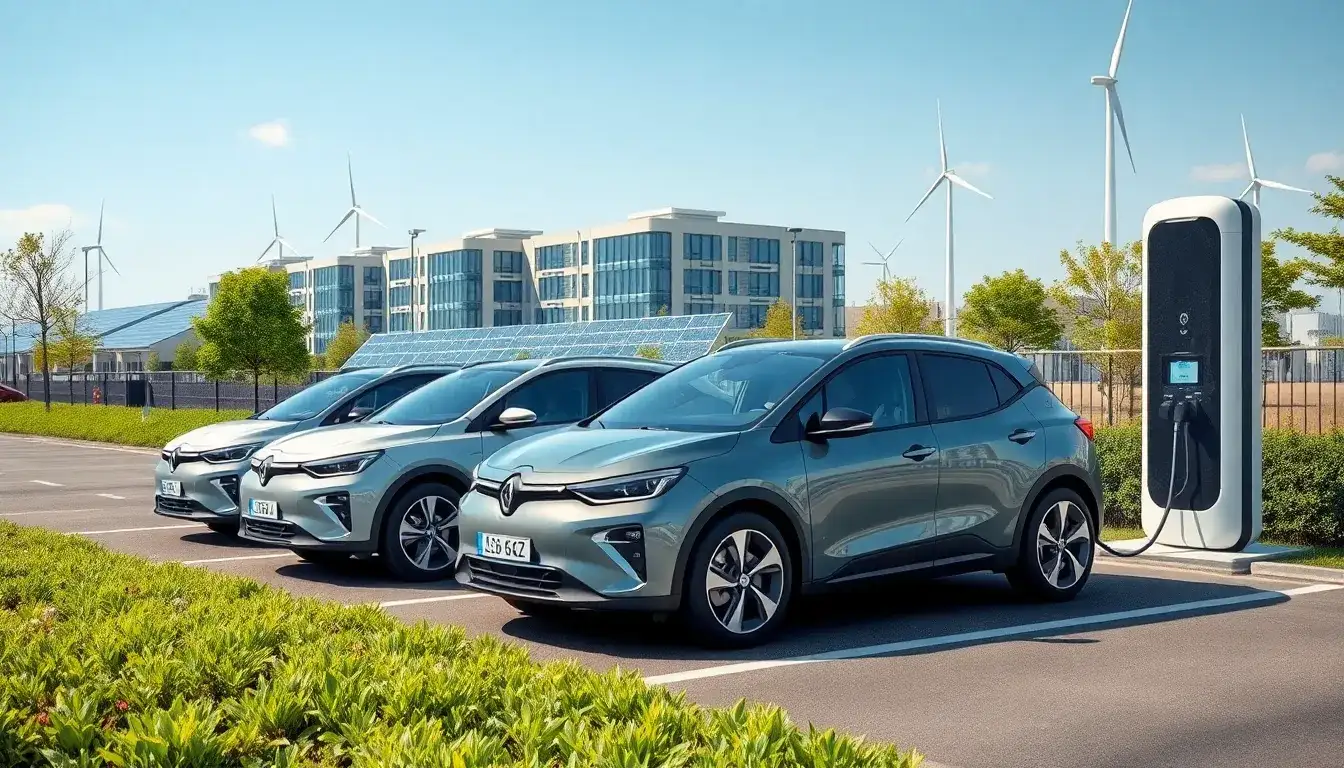
On April 2, the National Development and Reform Commission, along with three other departments, released a notification regarding the first batch of pilot projects for large-scale vehicle-to-grid (V2G) interactions. This notification includes nine cities, such as Shanghai, and encompasses 30 projects, including the V2G pilot project based on new energy storage in Beijing.
Industry experts have explained that V2G emphasizes the interaction between vehicles and the grid. Essentially, it encourages new energy vehicles (NEVs) to charge during periods of low electricity demand and discharge back to the grid during peak demand times, acting as distributed power sources to help regulate the grid. The vehicle-to-grid interaction not only supports the development of a new power system but also presents vast commercial opportunities. As this interaction matures and scales up, NEV owners can profit from electricity price differences and invest in energy storage.
The notification mandates that relevant departments in each province, autonomous region, and municipality collaborate with sectors such as development reform, energy, industry and information technology, and market regulation. They are required to actively promote pilot construction in the designated cities and project units, aiming for concrete results. By the end of 2025, a summary of the pilot work must be submitted to the Electricity Department of the National Energy Administration, with copies sent to the Infrastructure Development Department of the National Development and Reform Commission.
Moreover, grid companies will actively support these pilot projects by ensuring grid access and electricity metering services, optimizing grid operation, and maximizing the role of vehicle-to-grid interaction in accommodating renewable energy and ensuring power supply. Local agencies of the National Energy Administration will work to improve power market trading rules to support the large-scale application of vehicle-to-grid interactions in market transactions.
Some pilot cities have already developed specific policies to promote large-scale vehicle-to-grid applications. They are striving for efficient interaction among NEVs, charging and swapping stations, and urban grids. Measures include providing rewards for the construction or upgrading of V2G charging stations, participation of NEVs in reverse charging, unified scheduling for load aggregators, and incentives for charging station operators.
In January of this year, the Shanghai Municipal Government issued a working plan for the innovative development of new energy storage, aiming to accelerate the establishment of V2G demonstration cities. The plan focuses on enhancing the support of charging stations, grids, and vehicles, with a target of completing the construction of 30,000 to 50,000 smart charging and discharging stations by 2030.
Experts have indicated that successful implementation of these pilots requires additional governmental and grid policy support. Many existing charging stations do not support V2G, necessitating infrastructure upgrades. Furthermore, to encourage NEV participation in V2G, incentive measures must be improved to actively engage vehicle owners.
According to Lin Boqiang, director of the China Energy Policy Research Institute at Xiamen University, the application scenarios will be vast as electric vehicle charging stations become ubiquitous. However, the primary challenge lies in ensuring the necessary infrastructure to support interaction. Considerations include who bears the cost of infrastructure development and whether substantial price differences will motivate NEV owners to participate in the interaction.
Han Xue, deputy director of the Energy Policy Research Office at the Development Research Center of the State Council, noted that V2G must take into account various factors such as owner travel habits, battery availability, and battery lifespan. Additionally, as a resource for regulating the power system, V2G has higher operational costs compared to existing resources, and it raises concerns about privacy and security. Currently, the operating costs of existing regulatory resources in the power system are lower than those of V2G, making it difficult to achieve visible benefits in the short term.







